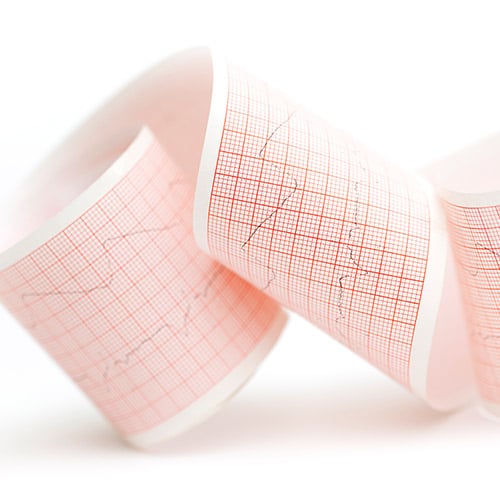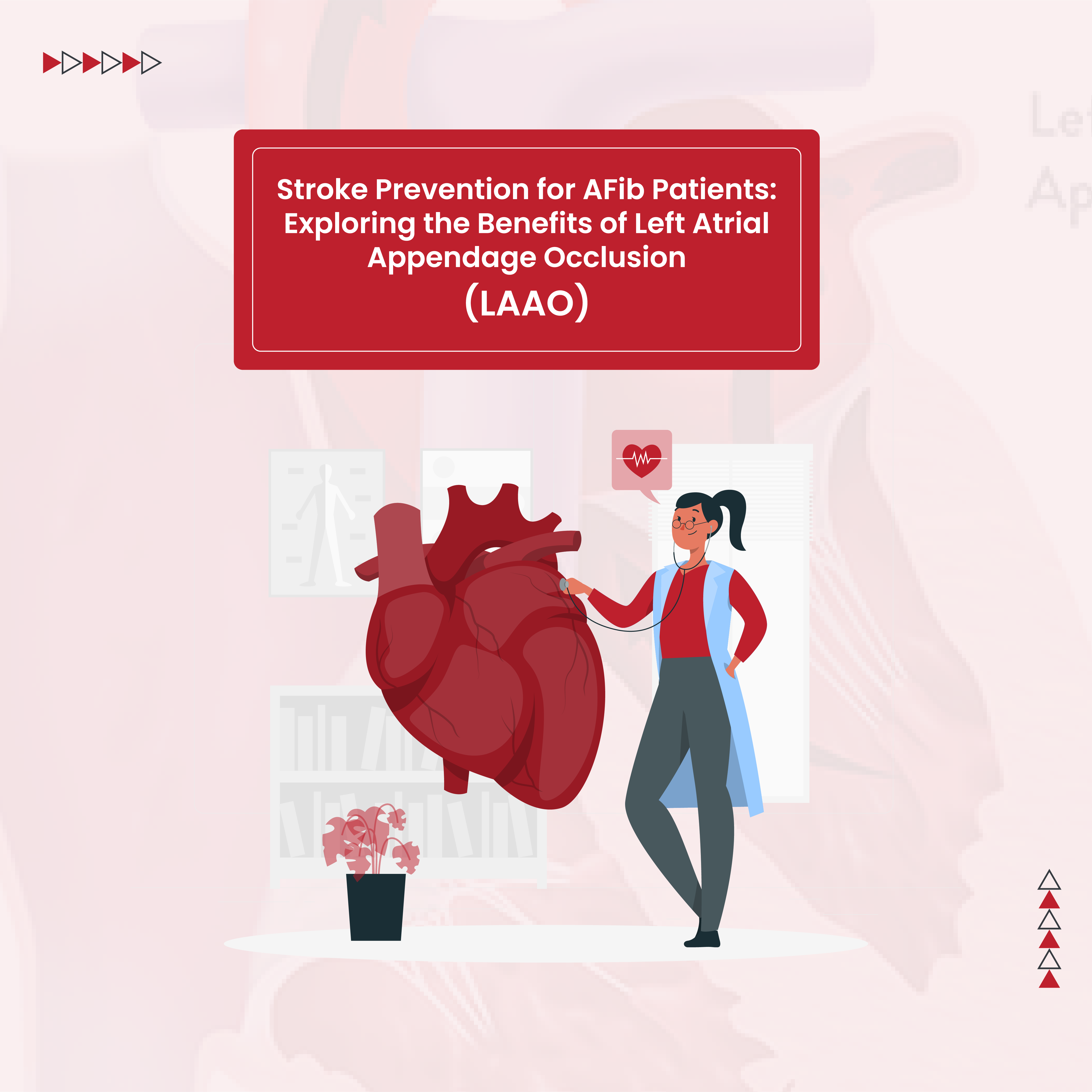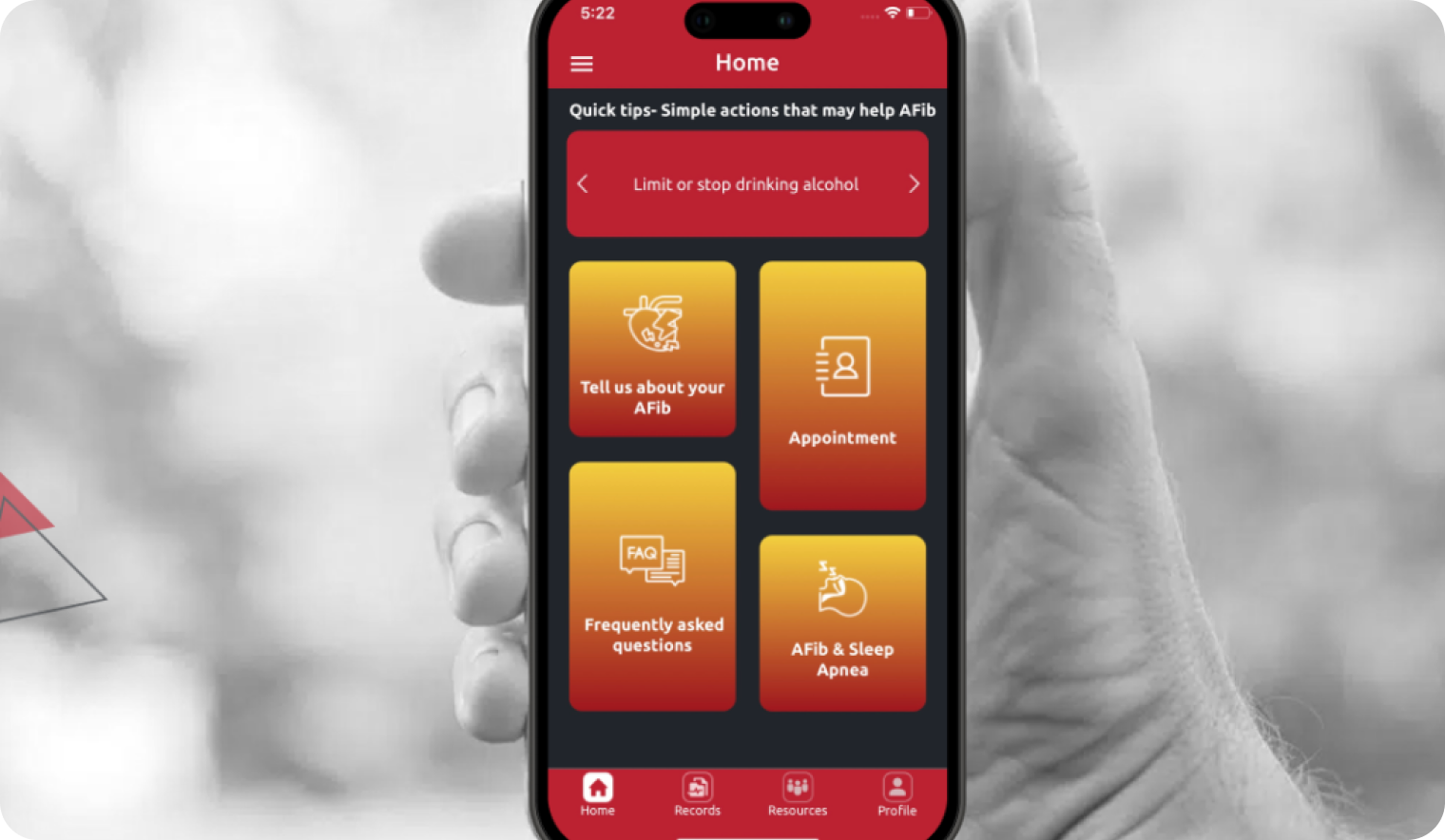As discussed in previous editions of The Scoop, treatment of atrial fibrillation focuses on rate control, rhythm control and stroke prevention. Medications are often the first-line treatment for managing atrial fibrillation. However, there are times when medications alone are not enough to adequately treat AFib. When this is the case, we look to other options.
Non-invasive cardioversion is one of these options and is often used in conjunction with medications. During a cardioversion, electricity is used to convert the heart’s rhythm from atrial fibrillation back to a normal rhythm. After the cardioversion, a person may take rate and/or rhythm controlling medications to help keep the heart in a normal rhythm.
Some people with AFib also have dysfunction in their sinus node – the heart’s internal pacemaker. Sinus node dysfunction causes the heart to beat too slowly (bradycardia) while atrial fibrillation can cause the heart to beat too fast (tachycardia). In some instances, a person can have both bradycardia due to sinus node dysfunction and tachycardia due to AFib. When this is the case, we are unable to use medications to treat the tachycardia without causing potentially dangerous bradycardia. Therefore a permanent pacemaker may be recommended. A permanent pacemaker prevents bradycardia even when a person takes medication to treat tachycardia.
One complication of atrial fibrillation is heart failure. If a person develops heart failure which persists despite controlling the AFib, we treat the heart failure with medications. If heart failure continues and is severe, an implantable cardioverter defibrillator (ICD) is recommended. An ICD is used to treat dangerous abnormal heart rhythms that can occur when the heart muscle is weak. It is important to note, an ICD will not shock, or electrically reboot, the heart if it is in atrial fibrillation. However, some ICDs are also pacemakers and can be helpful for patients like those discussed above who have both sinus node dysfunction and atrial fibrillation. Even though ICDs and pacemakers do not directly keep someone out of AFib they can be an important adjunct to treatment and allow us to optimize care of our patients with atrial fibrillation. Continue reading the next installment of The Scoop where we cover how to treat AFib through Catheter-Based Ablations & Pulmonary Vein Isolation.








